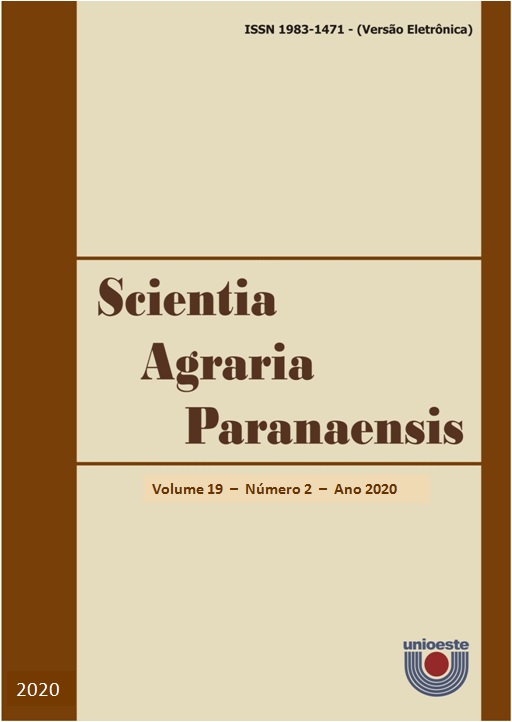Development of the Trametes versicolor (L.) C. G. Lloyd. fungus on the wood of thermoregulated Pinus taeda L.
DOI:
https://doi.org/10.18188/sap.v19i2.23398
Agências de fomento
Resumo
The companies in the forestry sector seek highly durable wood, prioritizing the use of planted forests, and the thermal treatment is a viable alternative to provide quality to these woods. Thus, the objective of the study was to evaluate the resistance of the heat-treated Pinus taeda L wood by the attack of white rot fungus Trametes versicolor (L.) CG Lloyd. The P. taeda L. wood was deployed in joinery to obtain samples with dimensions of 30 x 15 x 2.5 cm (length x width x thickness), being treated at temperatures of 140, 160 and 180ºC. From these, 1.0 x 1.0 x 1.0 cm specimens were obtained and subjected to the fungus for six weeks. The accelerated rot test was carried out in accordance with the ASTM D2017 standard. The experiment was conducted in a completely randomized design with four treatments (T1 = 0; T2 = 140°C; T3 = 160°C and T4 = 180°C) and nine replications. The loss of mass caused by the fungus was less in heat treated wood. On the other hand, the increase in temperature did not provide greater resistance to the material. In conclusion, heat treatment has reduced the degradation caused by the white rot fungus Trametes versicolor. Heat treatment at 140°C is indicated to avoid loss of mass in P. taeda L. woods submitted to the fungus T. versicolor. All treated woods were classified as highly resistant.Downloads
Publicado
20-06-2020
Como Citar
SANTOS, L. M. dos; NIERI, E. M.; PEREIRA, F. A.; KREFTA, S. M.; MATA, J. B. da. Development of the Trametes versicolor (L.) C. G. Lloyd. fungus on the wood of thermoregulated Pinus taeda L. Scientia Agraria Paranaensis, [S. l.], v. 19, n. 2, p. 112–116, 2020. DOI: 10.18188/sap.v19i2.23398. Disponível em: https://e-revista.unioeste.br/index.php/scientiaagraria/article/view/23398. Acesso em: 5 dez. 2025.
Edição
Seção
Artigos Científicos
Licença
Aviso de Direito Autoral Creative Commons
Política para Periódicos de Acesso Livre
Autores que publicam nesta revista concordam com os seguintes termos:
1. Autores mantém os direitos autorais e concedem à revista o direito de primeira publicação, com o trabalho simultaneamente licenciado sob a Licença Creative Commons Attribution que permite o compartilhamento do trabalho com reconhecimento da autoria e publicação inicial nesta revista.2. Autores têm autorização para assumir contratos adicionais separadamente, para distribuição não-exclusiva da versão do trabalho publicada nesta revista (ex.: publicar em repositório institucional ou como capítulo de livro), com reconhecimento de autoria e publicação inicial nesta revista.
3. Autores têm permissão e são estimulados a publicar e distribuir seu trabalho online (ex.: em repositórios institucionais ou na sua página pessoal) a qualquer ponto antes ou durante o processo editorial, já que isso pode gerar alterações produtivas, bem como aumentar o impacto e a citação do trabalho publicado (Veja O Efeito do Acesso Livre).
Licença Creative Commons
Esta obra está licenciada com uma Licença Creative Commons Atribuição-NãoComercial-CompartilhaIgual 4.0 Internacional, o que permite compartilhar, copiar, distribuir, exibir, reproduzir, a totalidade ou partes desde que não tenha objetivo comercial e sejam citados os autores e a fonte.


